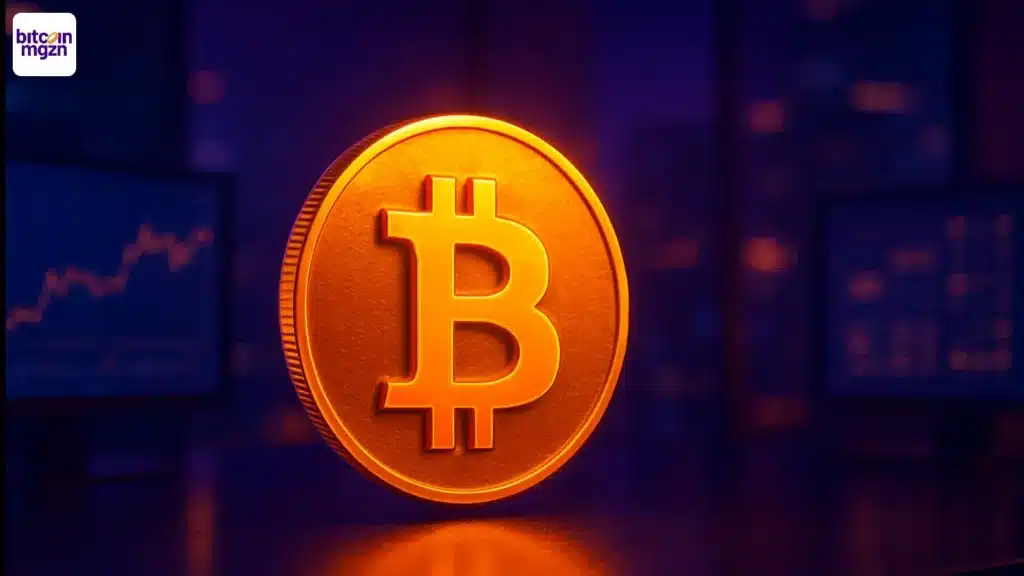Key Takeaways
Why did Solana drop after Forward’s transfer?
Forward moved 1.727 million SOL while holding losses on a 6.83 million SOL position.
What supports a rebound for SOL now?
Whale buying, rising Active Addresses, and demand near $130 strengthen near-term recovery odds.
Forward Industries transferred 1.727 million SOL worth $219.32 million to wallet 552ptg, according to Lookonchain. The move ranked among the largest Solana transfers this quarter.
Arkham data showed the firm accumulated 6.834 million Solana [SOL] for $868 million at an average entry of $232.08. The position sat at a 45% unrealized loss, leaving roughly $718 million underwater at the time of transfer.
Even so, Forward Industries still held nearly 5 million SOL. That remaining size suggested long-bias positioning, even as sentiment around Solana turned highly reactive to institutional flows.
Source: Arkham
Institutions pulled back as whales added size
Solana whales moved aggressively during the same window. By contrast, large Spot buyers continued to accumulate, even as institutional flows weakened.
CryptoQuant’s Spot Average Order Size showed accelerated big-ticket buying near current prices. That alignment revealed sustained whale interest despite Solana’s broader drawdown.
Source: CryptoQuant
On top of that, Solana’s monthly Active Addresses climbed to 45.8 million, up 21% over the past month. The rebound reinforced persistent network usage, giving traders a counterweight to institutional selling.
Source: Token Terminal
Key level holds as traders watch for a rebound
Solana bounced from a key daily demand zone near $130, creating short-term stability. That zone cushioned the recent sell-off and kept downside pressure contained.
Having said that, Solana still faced overhead pressure. The next objective sat near $170, the immediate resistance shown on the chart.
Source: TradingView
That level marked previous breakdown structure and aligned with failed retests in early November. A break above $170 could shift momentum toward the $190–$210 band, where supply remains heavier.
Source: https://ambcrypto.com/solanas-219mln-institutional-loss-sparks-fear-move-to-170-depends-on-this/



